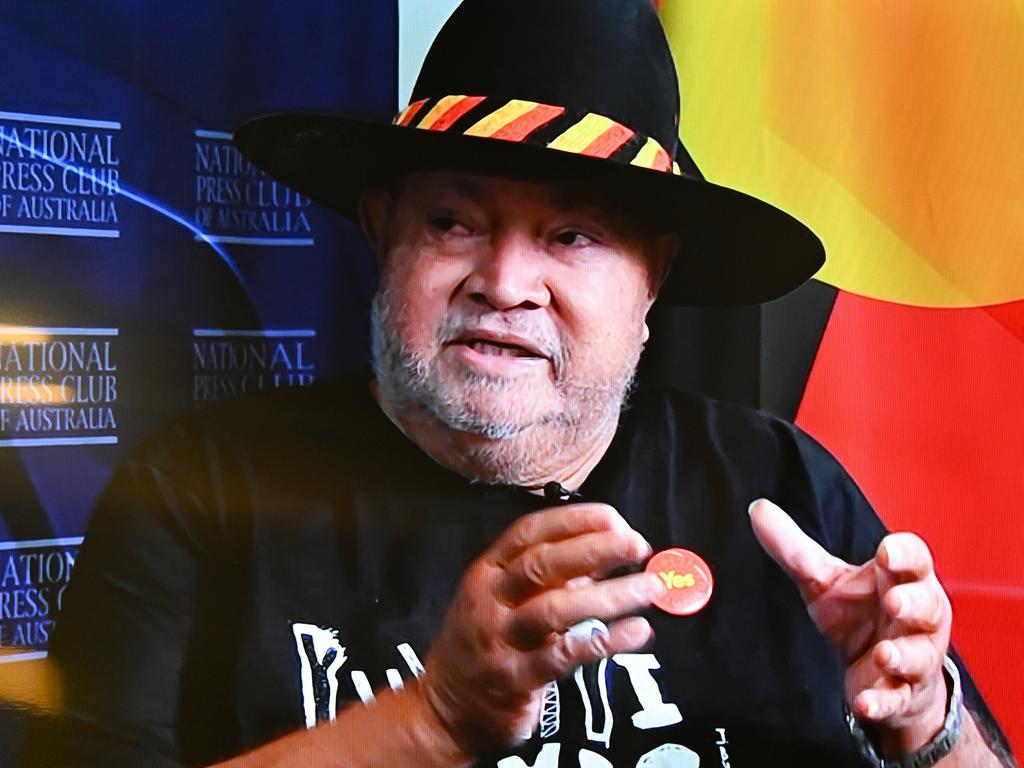First Nations-led research program to measure Indigenous family violence
A new $15m Indigenous-led program funded by the federal government will look to address the extent of First Nations family and domestic violence.

With progress toward the critical Closing the Gap target of halving violence and abuse against First Nations women and children by 2031 uncertain due to a dearth of reliable data, the Albanese government will fund a new Indigenous-led research program to fill the information gap.
The $15m investment over five years, part of the Indigenous-specific response under the National Plan to End Violence against Women and Children 2022-32, will build a better data set to understand the scale of the problem and measure progress, social services minister Amanda Rishworth said.
Ms Rishworth said the full scope of violence and abuse against Indigenous women and children remained unclear, and not enough was known about the impact of existing programs or what progress was being made.
She said the new information-gathering project would be Indigenous-led to allow for community-specific differences and to embed culturally sensitive data collection and reporting.
“It is vital that First Nations peoples lead and own the research that helps to understand the nature and extent of experiences of violence for First Nations women and children,” Ms Rishworth said.
“Not only can … (we) gain a much stronger picture of the nature and extent of family violence, but First Nations people having sovereignty over the research and resulting data will help shape solutions and strategies to end (this type of) violence.”
The funding announcement comes just a fortnight after federal opposition leader Peter Dutton called for a royal commission into child sex abuse in Aboriginal communities and criticised Anthony Albanese for inaction on the issue.
The Coalition’s call was condemned by many leading Indigenous organisations and key figures as an attempt to use the safety of children for political purposes. Child health experts such as Professor Fiona Stanley said the factors predicting child abuse and maltreatment were already known – poverty and its consequences such as poor housing, social unrest, substance abuse and parent mental illness.
Domestic and family violence affects all parts of Australian society, with one in four women experiencing intimate partner violence since the age of 15.
But Aboriginal and Torres Strait Islander women and children are over-represented, with First Nations women 34 times more likely to be hospitalised due to violence than non-Indigenous women and six times more likely to die as a result of family violence.
She said the Albanese government’s approach to First Nations family violence data collection differed from the former government’s plan to have the Australian Bureau of Statistics conduct an Indigenous Personal Safety Survey.
This would have ignored the rights of Aboriginal and Torres Strait Islander peoples to exercise authority over and govern the creation, collection, ownership and use of their data, she said.
Target 13 under the National Agreement to Close the Gap calls for a 50 per cent reduction by 2031 in the rate of all forms of family violence and abuse against Aboriginal and Torres Strait Islander women and children.






